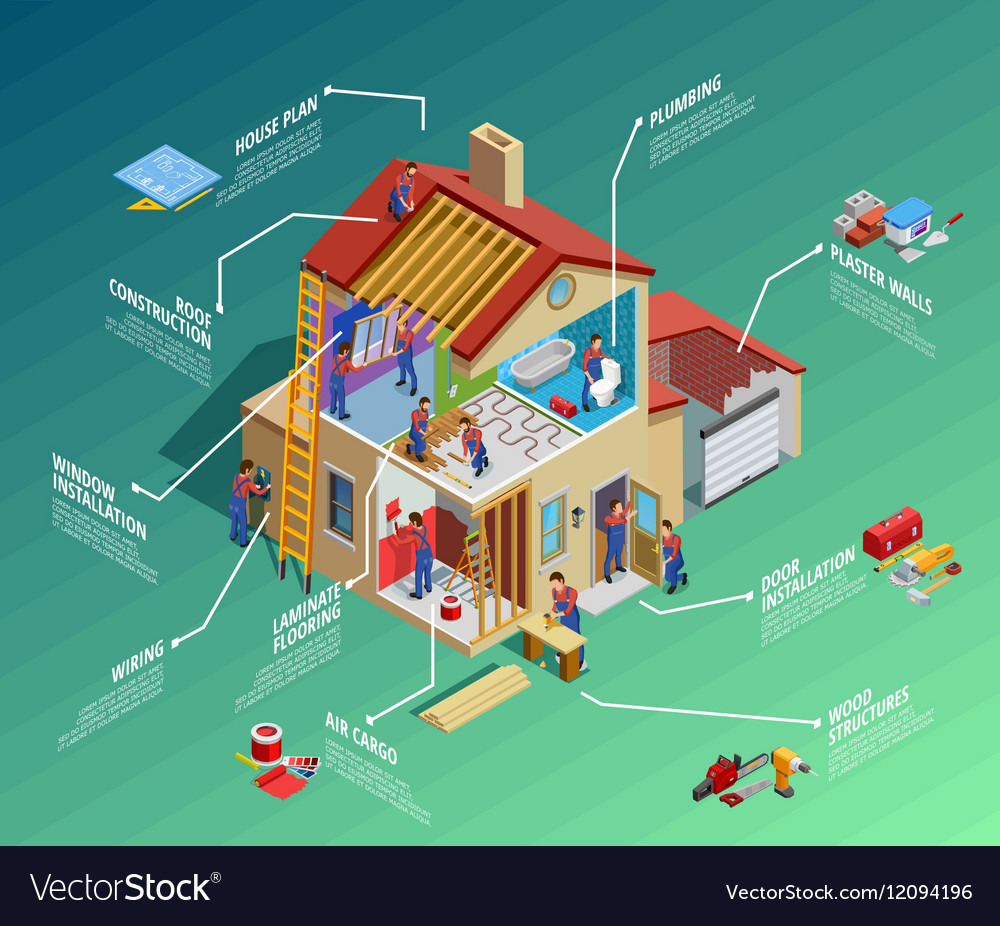How To Allocate Your Flooring Project: A Practical Guide
How To Allocate Your Flooring Project: A Practical Guide
Blog Article
Author-Rosario Terkildsen
When you're planning a floor covering task, budgeting isn't practically selecting a number; it has to do with understanding what you really require and the costs entailed. You'll want to evaluate your particular needs, research study various materials, and expect unforeseen expenditures. Think about exactly how elements like area function and installment methods can affect your budget plan. Yet before you jump in, there are some important details you could ignore that could substantially influence your total expenses. Let's check out how to browse these complexities and guarantee your job stays on track.
Assessing Your Flooring Demands
Before diving into your floor covering project, it's critical to analyze your floor covering requires. Start by thinking about the certain locations where you plan to install new flooring. Think about the objective of each space. As an example, kitchens and bathrooms need water-resistant materials, while living areas may take advantage of comfort and aesthetic appeals.
Next off, review the status quo of your floors. Are there any kind of architectural problems, such as uneven surface areas or wetness issues? Resolving these concerns beforehand can save you time and money down the line.
Also, remember of the measurements of each room to identify just how much floor covering you'll require.
Do not neglect to consider your way of living. If you have animals or young kids, durability could be your top priority, while an extra official space might require a glamorous surface. In click this , consider your layout preferences. Do you prefer a traditional appearance, or are you drawn to modern-day styles?
Last but not least, be practical regarding how much upkeep you agree to commit to. Some products require more maintenance than others. By understanding your needs plainly, you'll be better equipped to make informed options as you move forward with your floor covering task.
Estimating Costs and Products
Approximating costs and materials is a critical step in your floor covering job that can dramatically affect your general budget plan. Start by measuring your space properly to establish how much flooring you'll need. For the majority of products, you'll find rates by square foot, so accumulate quotes from different distributors to get a practical number.
Next off, take into consideration the sort of flooring you desire. Alternatives like wood, laminate, tile, or carpeting all included different price factors. Study the costs for each and every and factor in any kind of added materials like underlayment, glue, or shift strips.
Do not fail to remember to include devices if you're planning a DIY installment, as leasing or acquiring tools can include in your costs.
Get Source are an additional essential consideration. If you're working with professionals, get price quotes from multiple specialists to guarantee you're getting a reasonable cost. Be clear about the range of job to avoid unanticipated fees later on.
Lastly, it's wise to allot a tiny percentage of your budget for any type of unexpected prices associated with products. By extensively estimating your expenses and materials ahead of time, you'll establish on your own up for a smoother and much more convenient floor covering job.
Preparation for Hidden Expenses
Many property owners neglect the surprise expenditures that can occur during a flooring task, which can lead to budget overruns. To avoid this, you need to prepare for prospective added costs.
First, think about the problem of your existing subfloor. If it's harmed or uneven, you'll likely require fixings or leveling, which can include substantially to your total cost.
Next off, think of removal and disposal costs for your old flooring. Lots of professionals charge extra for this solution, so factor that right into your budget plan.
Additionally, do not ignore the costs of underlayment, which might not be included in the preliminary quote but are vital for an effective installation.
You should also get ready for unforeseen difficulties, such as pipes or electrical work if your floor covering job includes moving components. It's smart to set aside at least 10-15% of your total budget for these unanticipated expenditures.
Finally, keep in mind that authorizations may be needed for certain installations. Constantly examine regional laws to prevent penalties or delays.
Conclusion
In conclusion, budgeting for your flooring job is important for an effective end result. By assessing your demands, approximating prices, and preparation for surprise costs, you'll prevent shocks and stay on track. Remember to set aside a part of your allocate unforeseen prices and keep an in-depth malfunction of your expenses. With mindful planning and consideration, you'll produce a lovely space that fulfills your demands without breaking the bank. Satisfied flooring!
